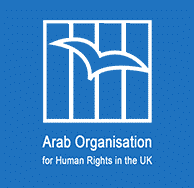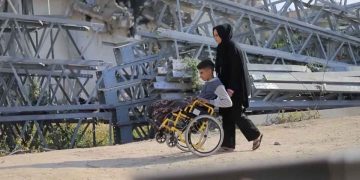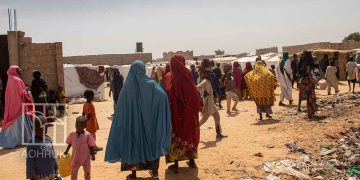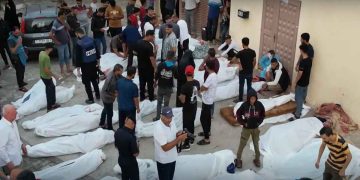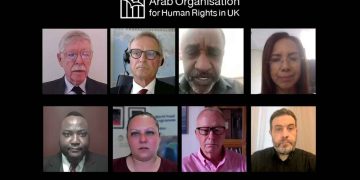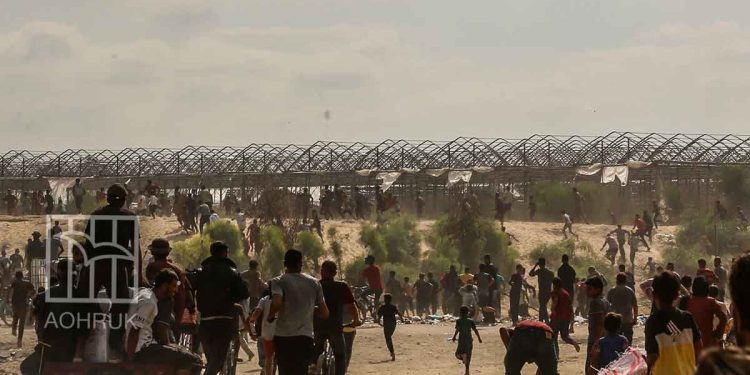Since 27 May, civilians in Gaza attempting to access food aid have faced repeated and deadly attacks. According to the Gaza Government Media Office, 450 people have been killed and 3,466 injured during distributions, with at least 39 individuals still missing. These incidents have occurred amid what local officials now describe as “death traps” at food distribution sites.
This escalation coincides with the implementation of a new distribution mechanism enforced by Israeli authorities. The system, supported by the United States and operating outside international humanitarian frameworks, has imposed military-style control over food access. The process has turned the pursuit of essential sustenance into a high-risk activity, placing civilians in life-threatening situations.
Eyewitness accounts and field reports indicate that Israeli forces have systematically opened fire on civilians gathered to receive aid. These actions follow a broader pattern of using starvation as a method of warfare—a practice considered a grave violation of international humanitarian law. Since 2 March, Israeli authorities have maintained a near-total closure of Gaza’s border crossings, blocking the entry of critical supplies including food, medicine, and fuel. The limited access provided through Kerem Shalom crossing remains grossly insufficient, with the population requiring at least 500 trucks of aid daily to meet basic needs.
Gaza’s humanitarian infrastructure is collapsing under the weight of these restrictions. Home to nearly 2.4 million people, the territory has seen mass displacement, with an estimated 1.5 million individuals rendered homeless. The destruction of shelters, hospitals, and schools has severely limited access to medical care and safe housing, while food insecurity and the spread of disease have significantly increased mortality rates, particularly among women and children.
The continued use of hunger as a weapon and the targeting of civilians attempting to secure aid reflect practices that may constitute crimes against humanity and genocide under international legal standards. The apparent intent to cause partial or total destruction of a population group has been compounded by direct military support from international allies and the absence of any meaningful accountability.
Since 7 October 2023, the conflict has been marked by widespread killings, forced displacement, and systematic destruction of civilian infrastructure. Official figures indicate that more than 187,000 individuals have been killed or injured, with over 11,000 reported missing, the majority of whom are women and children.
The ongoing silence and inaction from the international community risk legitimising these violations. As the humanitarian catastrophe worsens, the failure to intervene effectively serves only to entrench a reality in which international norms are disregarded and civilians are left defenceless in the face of collective punishment.
